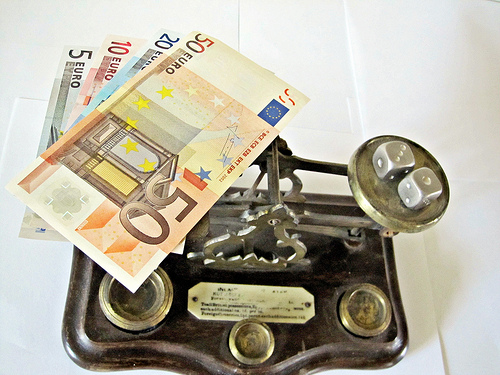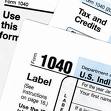 I sat with a new client discussing his bankruptcy options, puzzling how to price a Chapter 7 that’s fair to me and fair to the client.
I sat with a new client discussing his bankruptcy options, puzzling how to price a Chapter 7 that’s fair to me and fair to the client.
To the client, it no doubt looked like a “simple” Chapter 7: a job, a couple of pieces of underwater property, no taxes, no spouse, no sweat, right?
To me, it looks like a minor quagmire:
- There’s an income blip in the look back period
- Client’s parent lives on one property and pays “rent” only sporadically
- We’ve got business expenses for investment properties, with any records scattered
- Values of properties are undetermined
- Credit card payments are made by automatic bank draft, the debtor hopes to stop
- There’s recent purchase activity on several cards
- The car loan is with a credit union that issued client a credit card: cross collateralization
- Future income both from job and properties will be different than look back, AND
- We expect to file a subsequent 13 to strip off/cram down underwater liens- so consistency is important
I seem to have been in a swirl of conversations lately about fees for bankruptcy cases, particularly in an environment of declining filings. I spoke at the NACBA Workshops on how, and more importantly, why to do fee applications. I think the no look fee and price competition does not raise the bar for bankruptcy practice.
Jay Fleischman wrote about providing greater service to bankruptcy clients and I snapped back in a comment that I was tired of clients who wanted the benefits of filing bankruptcy without the burdens of becoming involved. More, more, more and then argue with me about what it costs. Geese…
It’s hard to explain to a client why all the information you’ve just painstakingly extracted from him leads you to think his case is complex or difficult. It isn’t that I think bankruptcy relief is unavailable; it’s that I think there are a lot more hoops to jump through to get the job done than he now knows.
I thought later I might create a form of complicating factors and check off each new issue as the interview progresses so I could record and explain my pricing decision.
And then there’s the case when things become difficult after you’ve quoted a price and entered into a fee agreement.
If only I didn’t have to make a living at this. Pricing decisions wouldn’t be so important.
(In the end, I decided it was a $4500 case in Silicon Valley.)
Image courtesy of Images of Money








I’m still working on a Chapter 7 case I filed in February on a flat fee basis. Those kill me. I underestimated, but I’m not sure I could have ever gotten this one right. I like the “complicating factors” checklist idea though. Perhaps just for use internally?
I was thinking that my list would sit at my elbow as I conduct the interview.
In my dream, I dramatically check the box each time I uncover a gotcha, then study the list thoughtfully before pricing the case.
Too much bravado probably prompts the scary discussion with the client about why I’m concerned….
Sigh…
Keep up the good work and keen insights ! Nice to meet you in the Springs.